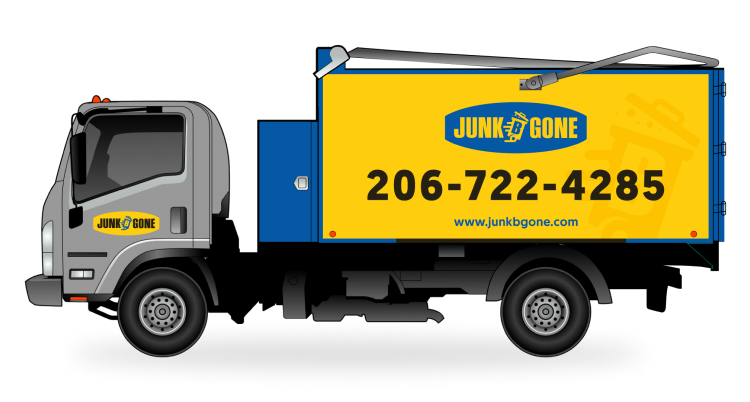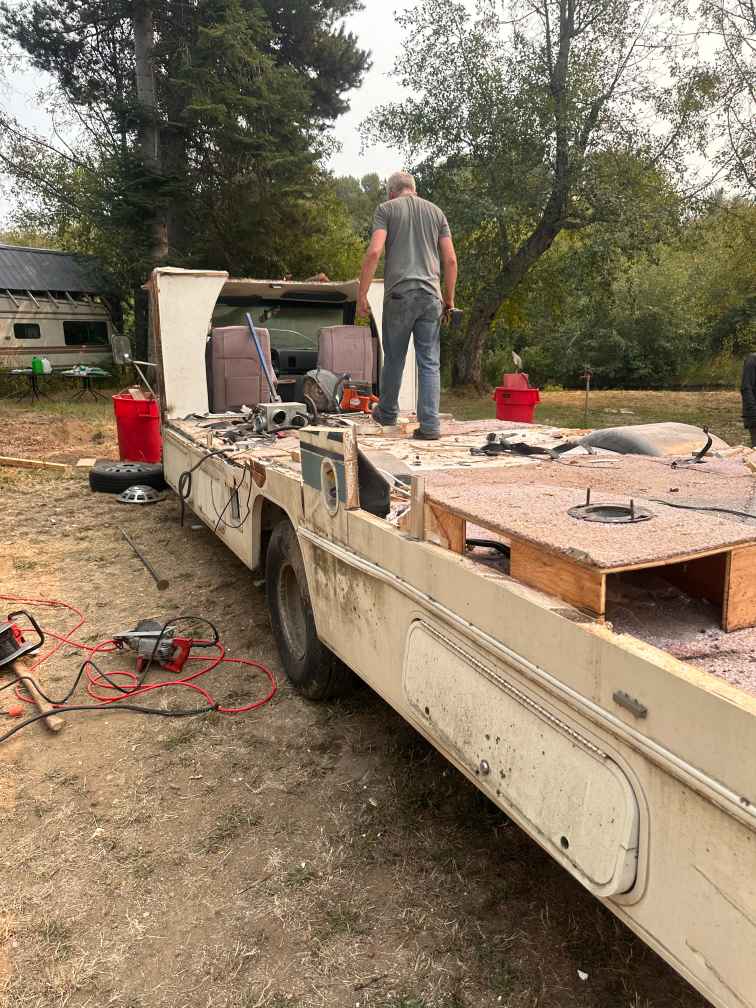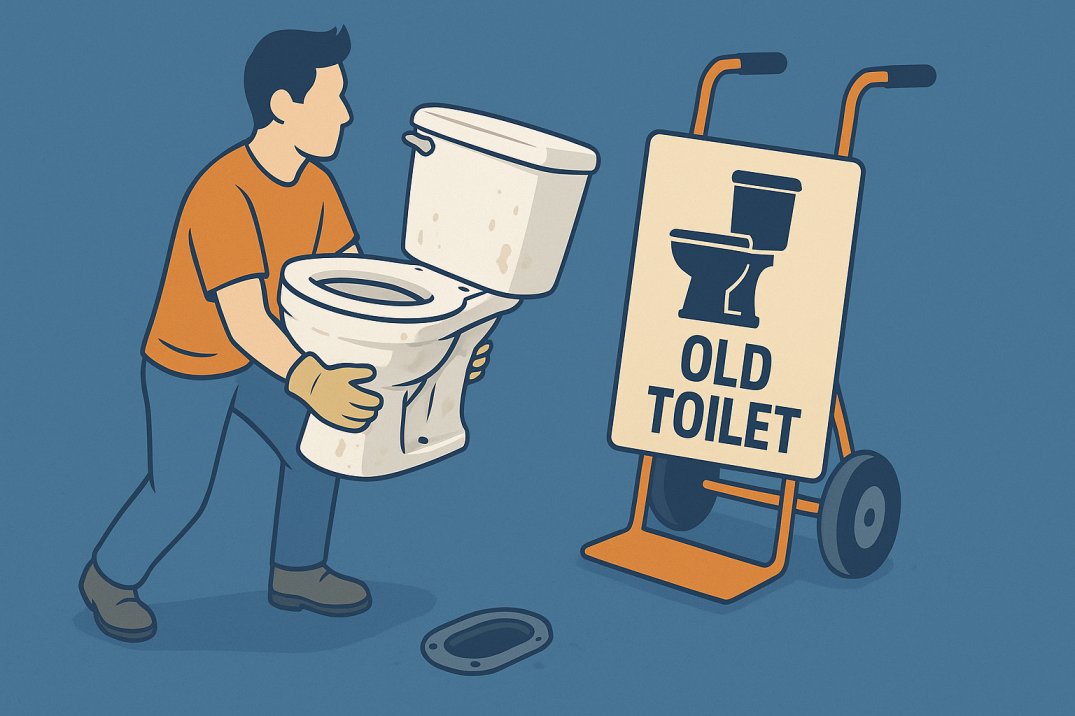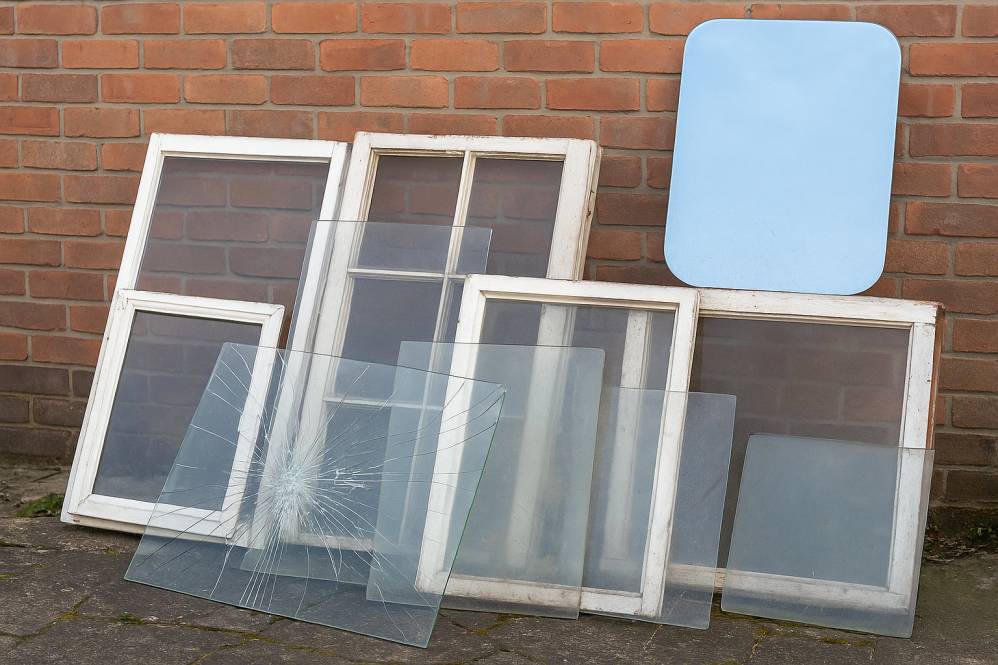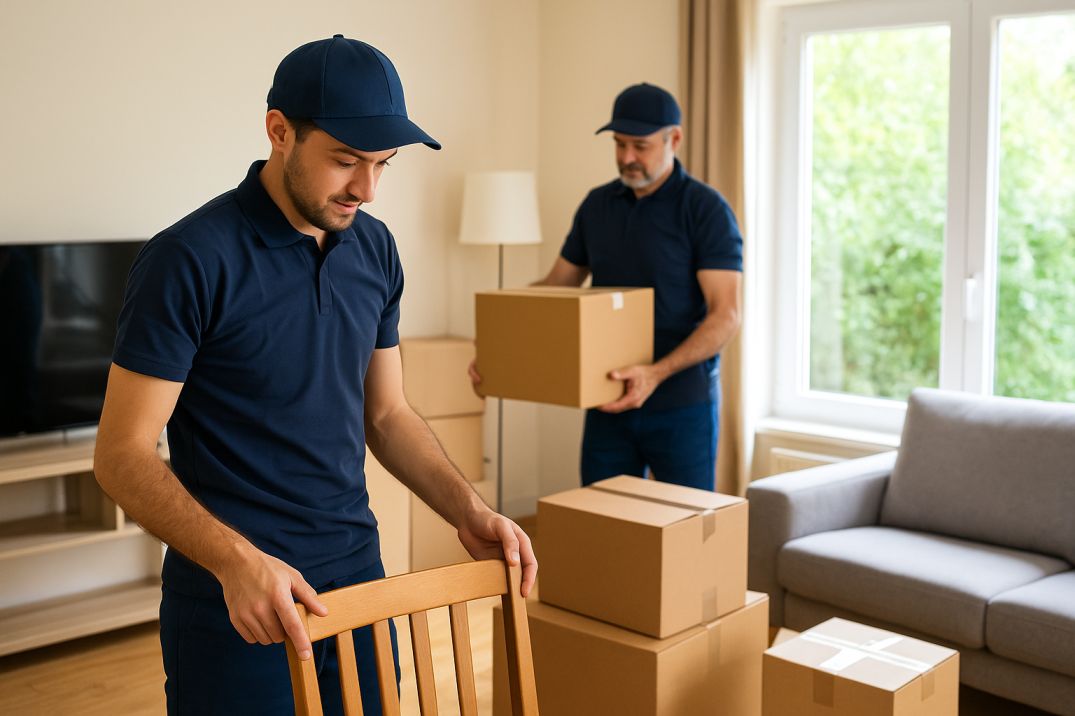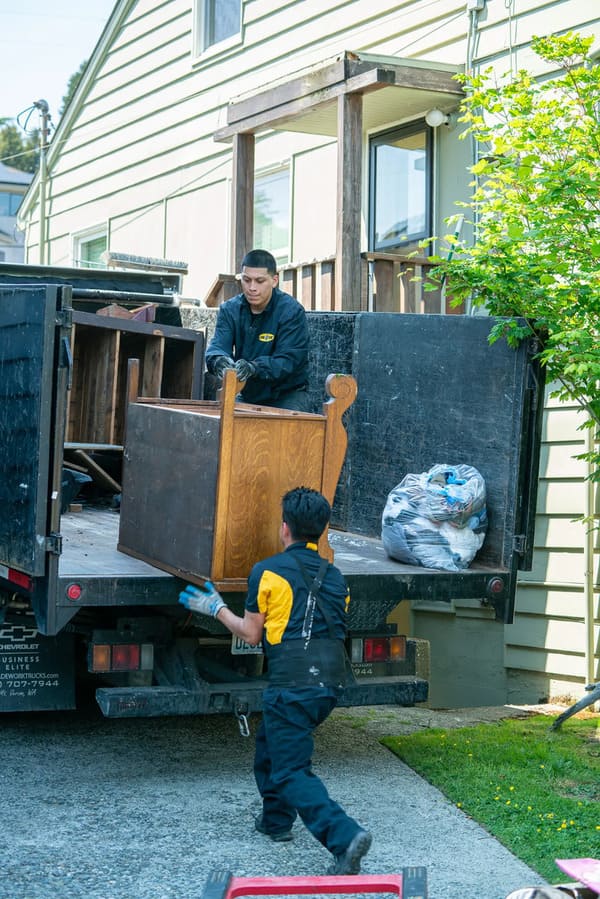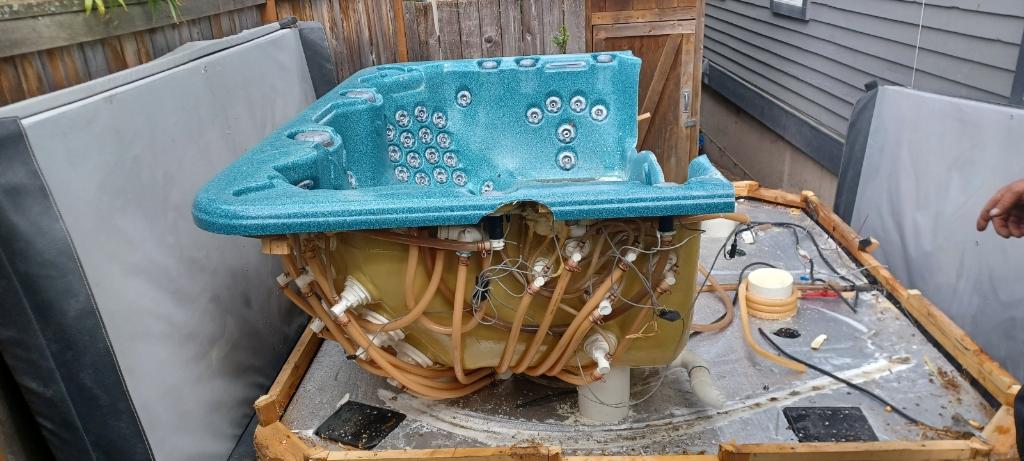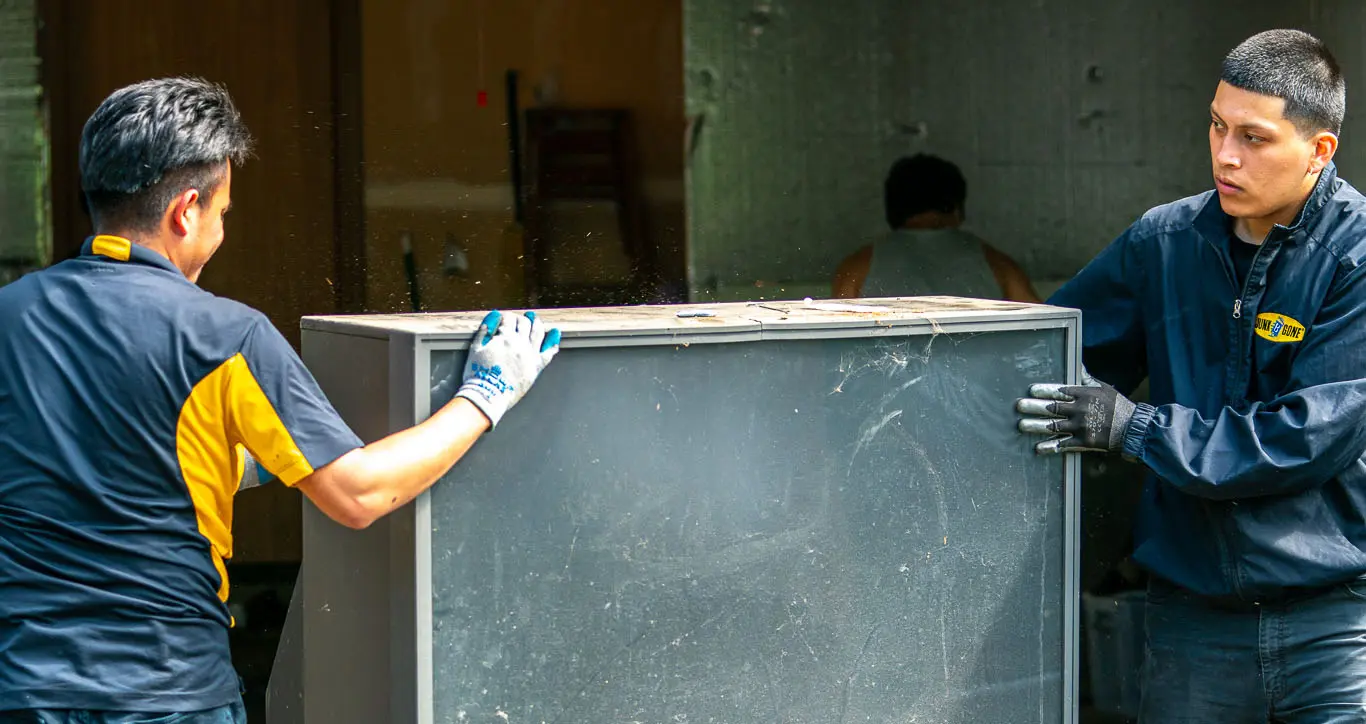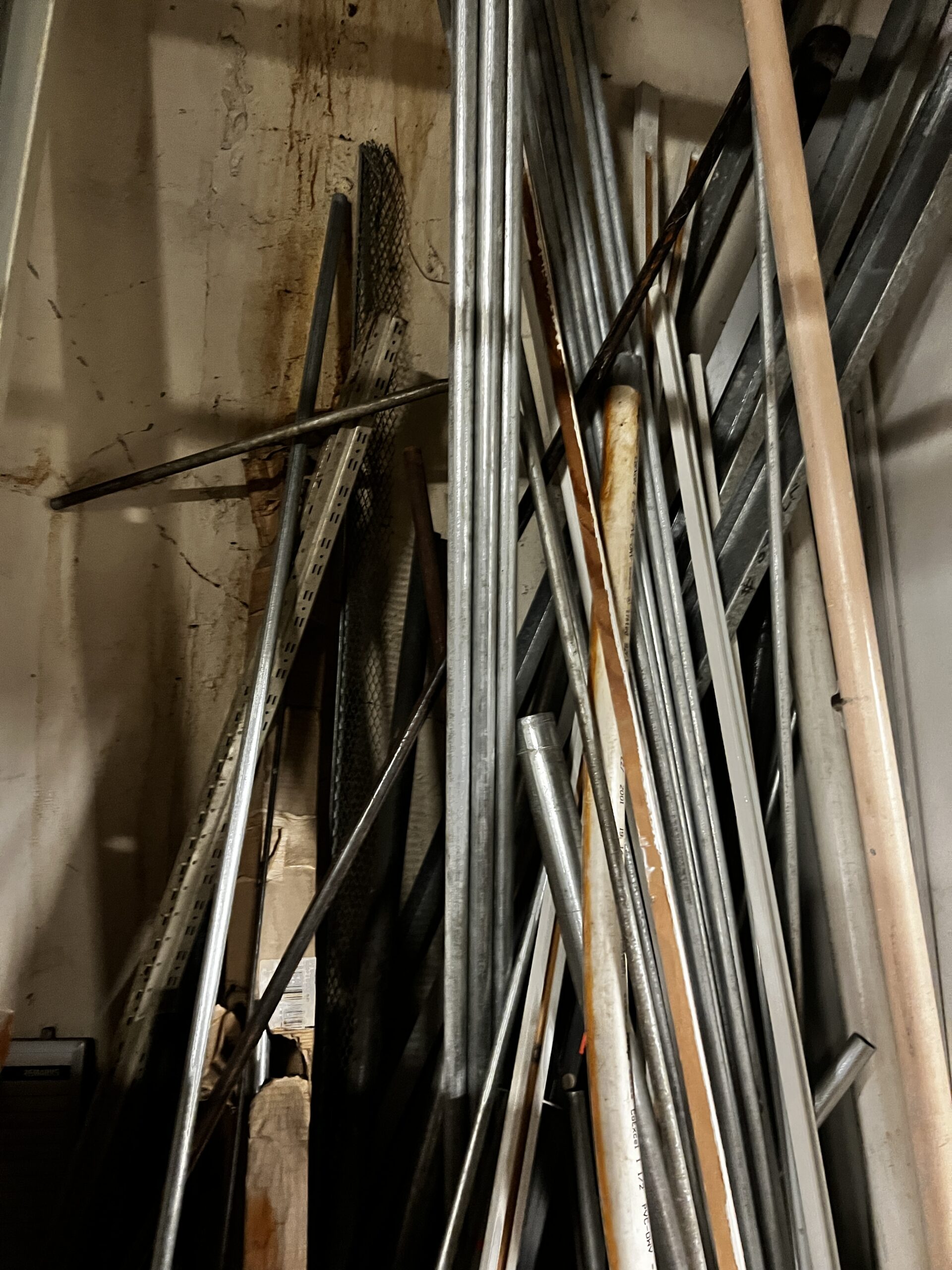
Whether you’re moving to a new place, doing a bit of spring cleaning, or finally tackling that overstuffed closet, getting rid of household items is something we all have to deal with sooner or later. It’s not just about making space — it’s about simplifying your life and clearing out the things you no longer use or need.
Sometimes it’s about more than just clutter. Maybe your furniture’s outdated, your appliances don’t work anymore, or your garage looks more like a storage unit. Whatever the reason, letting go of old items can feel really freeing. Plus, it opens the door to fresh energy, a cleaner space, and a clearer mind.
But getting rid of things doesn’t mean tossing everything in the trash. Today, there are way better options. You can donate gently used items, recycle responsibly, or even hire junk removal services that handle it all for you. The goal? Get rid of the clutter without harming the planet.
When you choose eco-friendly and responsible ways to dispose of household items, you’re not just decluttering — you’re making a positive impact. And that’s something worth doing right.
Why Do You Need to Get Rid of Household Items?
There’s always a reason behind clearing things out — and it’s not just about making space. Whether life is changing or you’re just craving a simpler setup, getting rid of household items can bring a lot of clarity and peace of mind.
1. Downsizing or Moving
When you’re getting ready to move, less really is more. Hauling stuff you don’t use anymore just adds stress (and moving costs). Whether you’re shifting to a smaller place or relocating across the country, it’s the perfect time to ask, “Do I really need this?”
2. Seasonal Decluttering
Every season brings change — and your home should reflect that. Spring cleaning, fall refreshes, or even a mid-winter clear-out can do wonders. Rotating out unused items helps you stay organized and feel lighter.
- Switch out seasonal decor
- Let go of clothing you didn’t wear last season
- Clear storage areas like basements and attics
3. Upgrading Furniture or Appliances
New couch? Fancy fridge? Awesome. But what about the old ones? Upgrades are exciting, but they also leave you with bulky items that need a new home. Instead of letting them collect dust, find a smart way to recycle, donate, or dispose of them responsibly.
4. Estate Cleanouts
When a loved one passes or you’re managing someone else’s home, there’s often a lot of stuff to go through. It can be overwhelming — emotionally and physically. Taking it step by step and working with professionals (like junk removal services) can make the process smoother and more respectful.
What Is the Best Way to Get Rid of Old Household Items?
There’s no one-size-fits-all answer here — the best way to get rid of household items really depends on what you’re working with. The good news? You’ve got plenty of options, and some of them might even put a little cash in your pocket.
1. Donation
Got stuff that’s still in good shape? Give it a second life. Local charities, shelters, and nonprofits are always looking for usable furniture, appliances, clothing, and more.
- Donate to places like Goodwill, Habitat for Humanity, or local shelters
- Some organizations even offer free pickup
- It’s a great way to help someone in need and keep items out of landfills
2. Recycling
Not everything belongs in the trash. Electronics, metals, certain plastics, and even mattresses can often be recycled — you just have to find the right place.
- Check with local recycling centers or city websites
- Use e-waste recycling programs for old gadgets
- Break down items if possible to make recycling easier
3. Selling
If your stuff still has value, why not make a little extra cash? There’s a market for almost everything online.
- Use Facebook Marketplace, Craigslist, or OfferUp
- Price it right, add clear photos, and be honest about condition
- Great for furniture, decor, electronics, and gently used appliances
4. Junk Removal Services
When you’ve got a lot to get rid of — or heavy, bulky stuff — calling in the pros can save you time and effort.
- Most offer same-day or next-day service
- They’ll do the lifting and know how to dispose of things properly
5. Trash Pickup
For items that can’t be donated, sold, or recycled, sometimes the garbage is the last resort. But even then, there’s a right way to do it.
- Check with your city for bulk trash pickup days
- Bag smaller items and break down larger ones if possible
- Be sure to follow local disposal rules
Choosing the right method depends on the condition of your items, your timeline, and how hands-on you want to be. The key? Get rid of it the smart way — not the fast way.
Where Can I Donate Unwanted Household Items?
If your old stuff is still in decent shape, donating is one of the best things you can do. It keeps items out of landfills, helps people in need, and can even score you a tax write-off. Win-win, right?
Local Charities
Big-name donation centers are a go-to because they make the process super easy.
- Goodwill accepts furniture, electronics, home goods, and clothes
- Salvation Army takes most household items and offers free pickup
- Habitat for Humanity ReStores love gently used furniture, appliances, and building materials
These places resell items to fund community programs, so your donation goes further than you think.
Shelters and Churches
Think local. Smaller organizations are always in need of useful items — especially essentials like bedding, cookware, and clothing.
- Women’s shelters and homeless shelters often need daily-use items
- Local churches and outreach programs may have donation drives or accept drop-offs directly
A quick call or check on their website will usually tell you what they’re currently accepting.
Donation Pickup Services
No truck? No problem. Some charities and third-party services offer free or low-cost pickup, so you don’t even have to leave the house.
- Schedule a pickup with Salvation Army, Pickup Please, or Vietnam Veterans of America
- Some apps and services connect you to local donation pickups in just a few taps
It’s the most hassle-free way to donate — especially for larger items like furniture or appliances.
Giving your stuff a second life doesn’t just clear your space — it can make a real difference in someone else’s. That’s a great reason to donate if you ask us.
Low-Cost Ways to Get Rid of Stuff
Not everything has to be donated, sold, or trashed — sometimes, the easiest way to get rid of household items is just to give them away. And the best part? It doesn’t cost you a thing.
1. Curb Alerts and “Free” Listings
One person’s junk is another’s treasure — literally. Just put it out with a “FREE” sign, and it might disappear in an hour.
- Snap a photo and post on Craigslist under the “Free” section
- List on Facebook Marketplace or Nextdoor
- Keep it clean and safe — avoid putting electronics or sharp items on the curb
Simple, fast, and no hauling required.
Community Give-Away Groups
If you haven’t heard of the Buy Nothing Project, you’re missing out. These local groups are all about sharing what you don’t need — for free.
- Search “Buy Nothing [Your City]” on Facebook
- Post items you’re giving away or request things you need
- Great for small stuff: toys, kitchenware, clothes, decor
It’s not just about decluttering — it builds real community connections too.
City-Sponsored Bulk Pickup Days
Many cities offer free bulk item pickup, usually once a month or during seasonal cleanups.
- Check your city’s sanitation or waste management website
- Schedule a pickup or leave items curbside on designated days
- Rules vary, so make sure you know what’s accepted (and how to prep it)
This is a great option for large or heavy items that are too much to move on your own.
How to Decide: Trash, Donate, or Sell?
Not sure what to do with something? You’re not alone. The key is to ask the right questions — and make quick, confident decisions. Here’s how to figure out what goes where.
Condition of the Item
Start here. Is it still usable? Broken items, torn-up furniture, or stuff with missing parts usually aren’t worth donating or selling.
- Gently used? → Donate or sell
- Worn out or damaged? → Recycle if possible, or trash it
If you wouldn’t give it to a friend, it’s probably time to let it go.
Demand in the Resale Market
Some things go fast — others, not so much. If there’s real value, selling might be worth your time.
- Electronics, tools, mid-century furniture, and baby gear often sell quickly
- Unique or trendy decor can do well on Facebook Marketplace or OfferUp
- If it’s been sitting unsold for a week or two? Might be time to donate
Ask yourself: Would someone pay for this? If not, pass it along for free or donate it.
Usefulness to Others
Even if it’s not valuable to you, someone else might need it. Think function over fashion.
- Extra blankets? Great for shelters
- Old dishes? Perfect for someone moving into their first apartment
- Leftover DIY supplies? Schools, artists, or neighbors might love them
If the item still works and could genuinely help someone, donation is the way to go.
Making the right call helps you clear space faster, with less guilt and more purpose. When in doubt? Donate — it’s better than letting it collect dust.
Are There Services That Pick Up Old Household Items?
Don’t want to haul that old couch or broken treadmill yourself? You don’t have to. There are plenty of services that’ll come to your home, pick it up, and handle the heavy lifting — literally.
What They Take (and What They Don’t)
Junk removal companies are pros at clearing out bulky or unwanted items, and they’re surprisingly versatile.
Most services will take:
- Old furniture (couches, mattresses, dressers)
- Appliances (working or not)
- Electronics and e-waste
- Boxes of junk, yard waste, and more
But they usually won’t take:
- Hazardous waste (paint, chemicals, fuel)
- Anything infested with bugs or mold
- Items too heavy for a two-person team
Always check their “what we take” list online before booking.
How to Schedule a Pickup
It’s super easy — most junk removal services have online booking, and you can usually schedule a same-day or next-day pickup.
- Get a free estimate online or over the phone
- Choose a time window that works for you
- Some companies even send a team to give an on-site quote first
💡 Pro tip: Pricing usually depends on how much space your stuff takes up in the truck, not by weight or item.
If convenience is your top priority, this is hands-down the easiest way to get rid of household items. No stress, no lifting — just clean space.
Checklist: What to Do Before Disposing of Items
Before you toss it, donate it, or list it online — there are a few simple things you should always do first. It’ll save you time, protect your info, and might even help you come tax time.
1. Clean and Sort Items
Even if you’re giving it away, a quick clean goes a long way.
- Wipe down furniture, appliances, or dusty items
- Bag or box similar things together
- Double-check drawers, pockets, or bins before letting anything go
People (and donation centers) appreciate when things are clean and ready to use.
2. Remove Personal Data
If you’re getting rid of electronics — phones, laptops, smart TVs, or even printers — don’t skip this step.
- Factory reset any device
- Log out of accounts and erase passwords
- Wipe storage like hard drives, SD cards, or USBs
It’s the easiest way to protect your personal info.
3. Take Inventory for Tax Write-Offs
If you’re donating, you may be eligible for a charitable donation tax deduction — but only if you have proof.
- List what you’re donating and estimate the value
- Snap a few photos (optional, but helpful)
- Ask for a receipt from the donation center
Even small donations can add up when tax season rolls around.
A little prep makes the whole process smoother — and smarter. Clean it, clear your data, and track what goes out. You’ll thank yourself later.
Getting rid of household items doesn’t have to be stressful — and it definitely doesn’t mean tossing everything in the trash. Whether you’re downsizing, upgrading, or just simplifying your space, doing it responsibly makes a real difference.
You’ve got options: donate, sell, recycle, give away, or hire a junk removal service. The goal is to find the right fit for each item — and feel good about how you let it go.
So next time you’re clearing out that closet or hauling out old furniture, remember: every item you part with is a chance to help someone else — or the planet.

